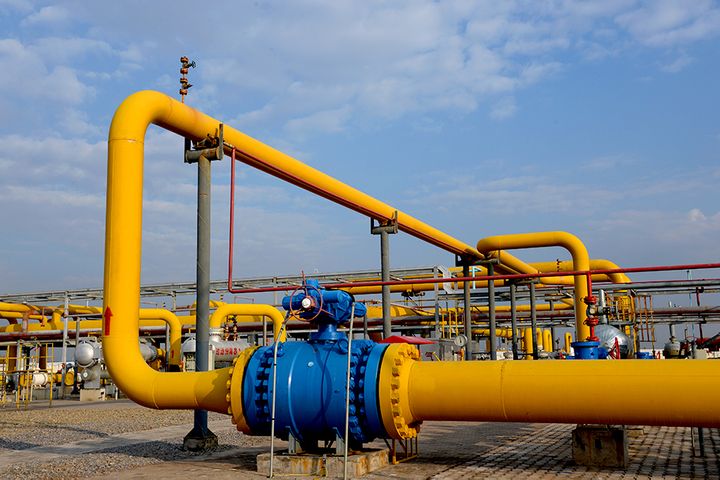 Monopoly-Busting USD43 Billion Petro-Pipeline Giant Forms in Beijing, Will Seek IPO
Monopoly-Busting USD43 Billion Petro-Pipeline Giant Forms in Beijing, Will Seek IPO(Yicai Global) Dec. 9 -- With almost USD43 billion in assets, China National Oil and Gas Pipeline came into existence today in Beijing, signaling a crucial step in the country's march toward market reform of its oil and gas transport sector.
The infant firm, which is expected to sweep up masses of social capital and which will seek to eventually enter capital markets, is also intended to loosen the stranglehold China's big three energy companies now have on the national oil transport sector.
Highly-centralized assets in the petroleum transport sector adversely impact market operations and resource distribution, and China has thus planned for a decade to found an independent national oil and gas pipeline operator to break the shared monopoly in China's petroleum industry to boost the industry's competitiveness and thus advance reform in the whole oil and gas system, Li Jin, chief researcher at China Enterprise Institute, told Yicai Global. Beijing signed off on the plan in March.
The State-owned Assets Supervision and Administration Commission of the country's cabinet the State Council holds a 40 percent stake in the company, while the three state-owned energy giants China National Petroleum Corp., China Petroleum and Chemical Corp. and China National Offshore Oil Corp. hold 30 percent, 20 percent and 10 percent, respectively.
The new firm will draw in social capital which will form about 50 percent of its total after integrating assets from national investment funds and private capital to expand its pipe network and seek to go public, per Sinopec's plan released late last year, Economic Information Daily under Xinhua News Agency reported today.
The nascent enterprise will lop off and absorb the main pipe network assets from the three energy leviathans and also draw in some provincial pipe grid equity, liquefied natural gas receiving stations and gas storage and network control departments. These assets are roughly valued at over CNY300 billion (USD42.6 billion), business news portal Caixin earlier reported.
The country's three energy colossi for now control China's oil and gas conduits, whose main system stretched to 96,000 kilometers as of late last year, of which CNPC, Sinopec and CNOOC claimed 63 percent, 31 percent and 6 percent, respectively. Provincial pipelines added up to 25,000 kilometers, in which the three firms hold about half combined.
Editors: Dou Shicong, Ben Armour